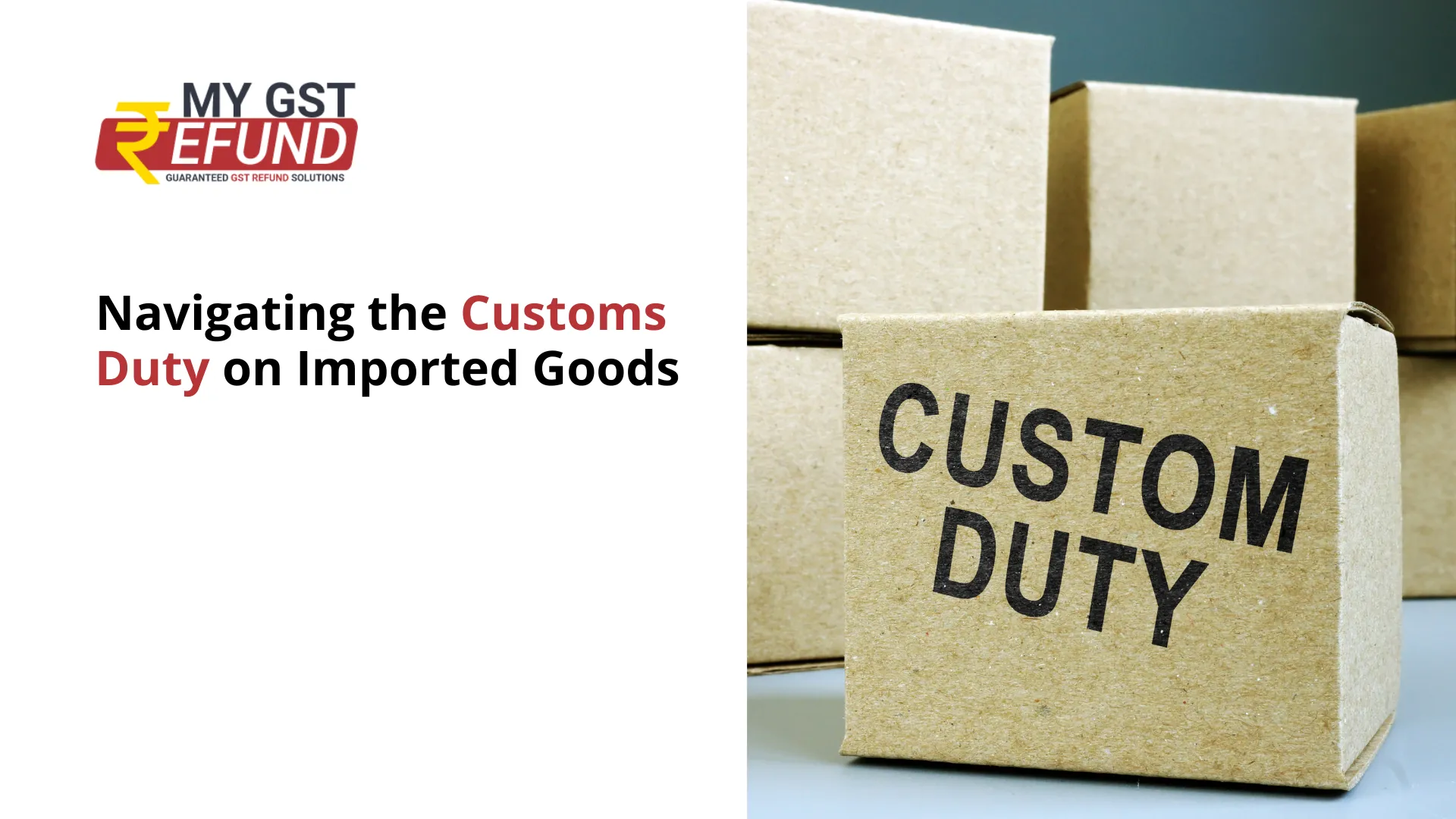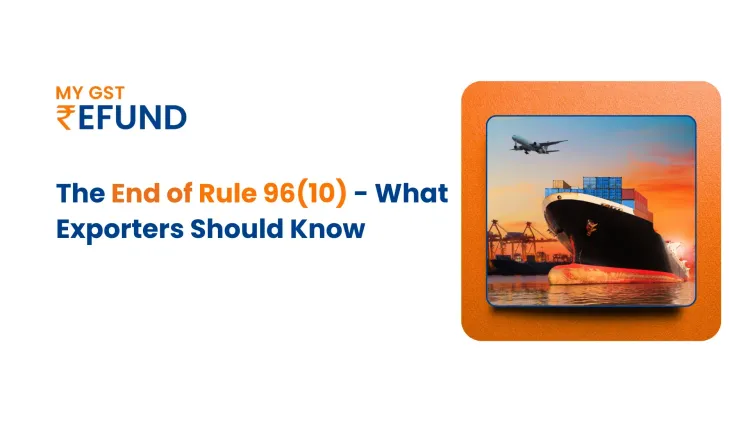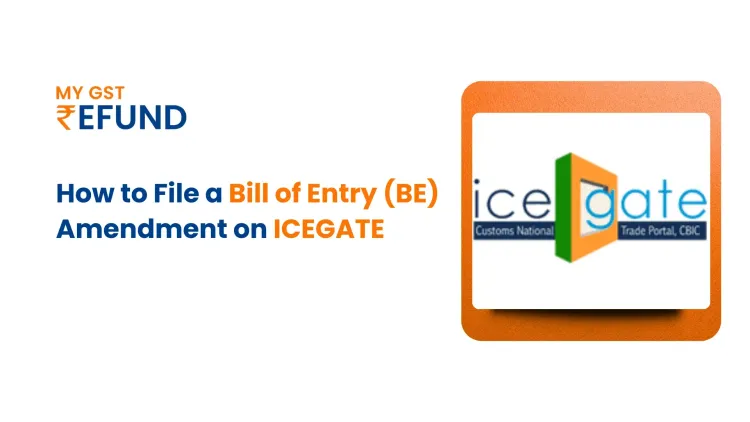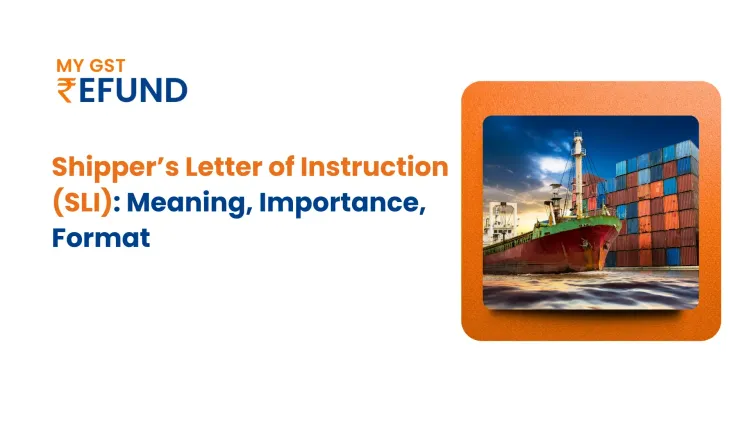Customs duty is a tax imposed on goods when they are brought into a country from abroad. The reason for this tax is to protect the economy, jobs, environment, and residents of the country by controlling the flow of goods, especially those that are restricted or prohibited.
Each item you bring into India from another country has a specific duty rate set in advance. This rate depends on factors like where the item was obtained, where it was manufactured, and what materials it is made from. It's important to follow customs rules and declare everything you bring into India for the first time. This includes items you bought overseas and any gifts you received from outside India.
In this blog we shall understand Types , calculation ,payment and Recent Developments of Custom duty on imported goods in india.
Types of Custom Duties
Customs duties are charged almost universally on every goods which are imported into a country.
These are divided into:
- Basic Customs Duty (BCD)
- Countervailing Duty (CVD)
- Additional Customs Duty or Special CVD
- Protective Duty
- Anti-dumping Duty
- Education Cess on Custom Duty
How to Calculate Custom Duty on imported goods in India ?
When customs officers need to figure out how much tax to charge on goods coming into a country, they look at the value of those goods. This value is decided based on rules from 2007 that outline different ways to determine it.
If there's any uncertainty about the declared value of goods, customs officials use these methods:
1.Comparative Value Method: They compare the declared value of the goods with similar items to see if it seems right.
2. Deductive Value Method: They use the selling price of the goods in the country where they're being brought in to help figure out their value.
3.Computed Value Method: This method calculates the value based on things like the cost of making the goods and a fair profit.
4. Fallback Method: If none of the other ways work well, they use a mix of them to get a fair value.
These methods make sure that customs taxes are fair and based on what the goods are actually worth, following the rules set up for this purpose.
Payment of Custom Duty
One can pay customs duty online with a few simple steps:
1. Login into the e-payment portal of ICEGATE
2. Enter the import or export code or simply key in the login credentials provided by ICEGATE
3. Now, click on the e-payment button
4. You would be able to check all e-challans which under your name
5. You could then choose the challan that you wish to pay and select the payment method and you would be then redirected to the payment gateway
6. Once the payment is done, you would be redirected back to the ICEGATE portal
Finally, click on the print button and save your payment copy.
Factors affecting the calculation of Custom Duty
The amount of customs duty you pay when you import goods depends on a few key things:
- Value of the Goods: This is the most important factor. Customs duty is usually calculated based on how much the goods are worth. This includes the cost of the goods themselves, plus things like shipping and insurance costs. So, the higher the value of the goods, the more customs duty you'll likely have to pay.
- Country of Origin: Where the goods come from matters too. India has different trade agreements with different countries. For instance, if goods are from a country that has a special trade deal with India (like a Free Trade Agreement), the customs duty might be lower compared to goods from other countries.
- Type of Goods: How goods are classified also affects customs duty. Each type of item has a code that determines if any extra duties, like anti-dumping charges, apply.
- Other Factors: Things like how goods are packaged, how they're shipped, and if there are any special exceptions or discounts for the importer can also influence the customs duty amount.
Overall, customs duty is all about making sure the right taxes are paid when goods cross international borders, based on these different factors.
Recent Developments
The Indian government has raised the taxes on a wide range of products such as refrigerators, air-conditioners, footwear, washing machines, furniture fittings, tableware, and jewelry. They did this to stabilise the Indian rupee, which was losing value, and to decrease the current account deficit.By increasing these taxes, the government hopes to reduce the number of these products being imported into India. This is expected to lead to higher prices for these goods, which in turn might lower the demand for them. As a result, fewer of these items will be imported, which could benefit Indian manufacturers who make similar products.
Overall, the goal is to support Indian businesses by making imported goods more expensive, thus encouraging people to buy locally made products instead.
e-Sanchit
In recent years, India has modernised its tax systems through digitalization. This includes reforms in Income Tax and the implementation of GST, which are now accessible online. To simplify business operations further, the Central Board of Indirect taxes and Customs (CBIC) introduced e-SANCHIT.
As of March 15th this year, e-SANCHIT became mandatory. It allows registered users to submit customs-related documents electronically through the ICEGATE portal. With this system, there's no need to provide hard copies of uploaded documents to customs officers. The main goal is to reduce face-to-face interactions between customs officials and businesses, speeding up the clearance process for imports and exports.
Conclusion
In conclusion,Customs duty is a tax on goods brought into India from abroad, aiming to protect the economy and local industries. Recently, taxes were raised on items like appliances and furniture to stabilize the rupee and reduce imports. Digital initiatives like e-SANCHIT make customs processes faster by allowing electronic document submission. These measures support local businesses and streamline trade operations.
Related Posts








